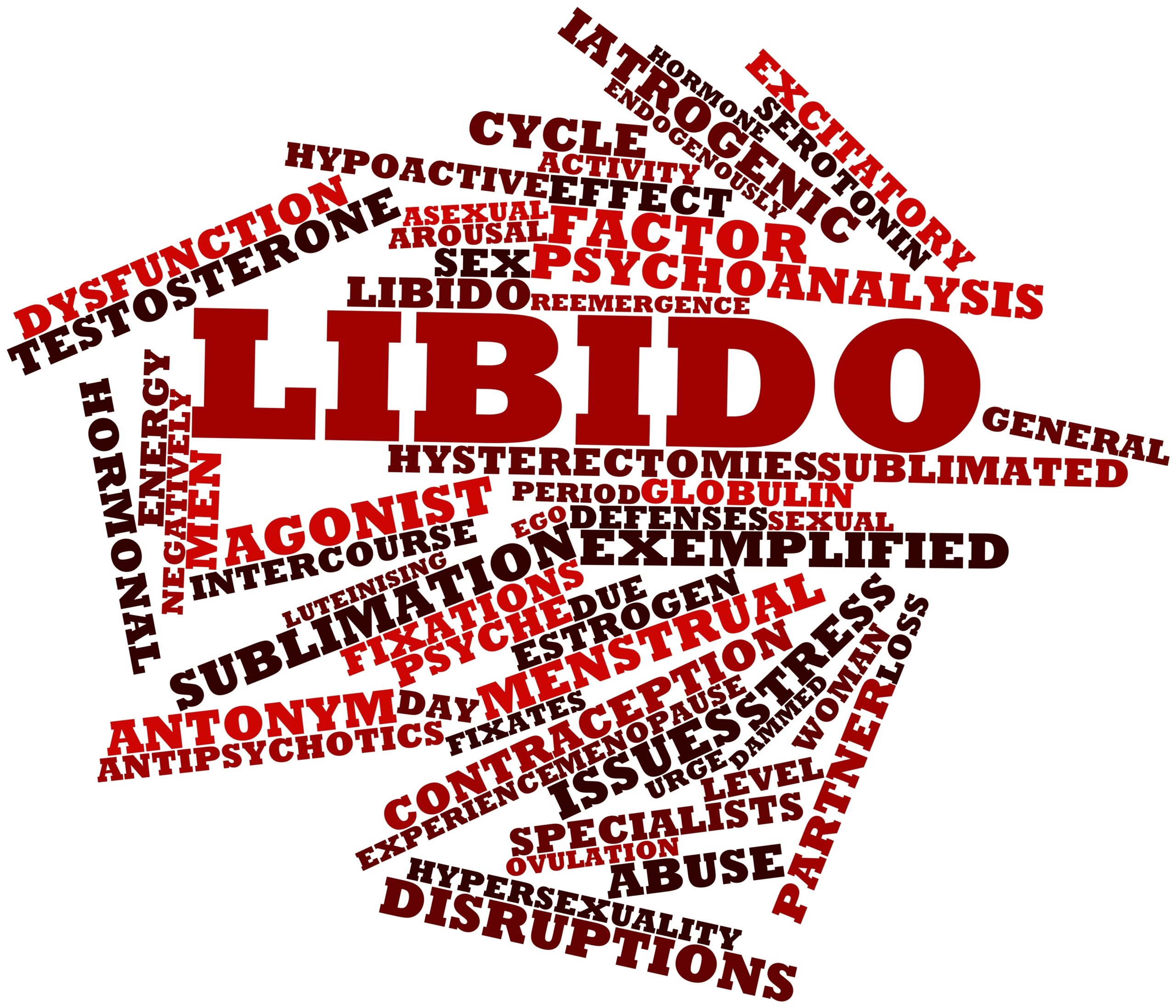Low libido affects a great number of men, especially after the age of 40. Studies have found that up to 25% of men have reported related issues dependant upon on age and other factors. Previous studies had noted that interest varies according to seasons prompting the notion that the levels of ambient lighting may contribute.
The researchers conducted tests to study the effects of bright lights on physiological and sexual responsiveness. The results showed that regular early morning use of a light box led to increased testosterone levels and increased levels of satisfaction. The light box used in this study was similar to those used to combat seasonal affective disorder.
The study involved 38 men who had been diagnosed with either sexual arousal disorder or hypoactive sexual desire disorder which are both conditions characterised by a low libido. Each of the participants underwent an initial individual evaluation to determine baseline levels of sexual interest, each participant also had their testosterone levels measured. The participants were divided into 2 groups, one receiving regular treatments with a specially adapted light box, and a control group treated with a light box adapted to produce significantly less light than the other. Both light groups were treated early in the morning for a duration of a half an hour per day, for two weeks. After two weeks the participants were re-evaluated.
The findings says that before treatments both groups on average had a satisfaction score of 2 out of 10. After treatment with bright light group had scores of 6.3, with the control group having 2.7. Testosterone levels increased in the bright light group from 2.1 ng/ml to 3.6 ng/ml after 2 weeks, with the control group showing no significant change at around 2.3 ng/ml. Professor Fagiolini explains that the increased testosterone levels explain the reported increase in satisfaction.
In the Northern hemisphere testosterone production declines from November to April, begin to rise in spring and summer, reaching peak in October. Effects of this are displayed in the reproductive rates with June having the highest conception rates. The use of the light box in this study mimicked what nature is doing according to Fagiolini.
The researchers say that there may be several reasons to explain the underlying mechanism. Such as the use of light therapy inhibits the pineal gland allowing for more production of testosterone. The researchers are not at the stage where this can be recommended as a clinical treatment. Even if it were it would have limitations such as individuals with conditions such as light sensitivity, eye conditions, and anyone taking medicines which may affect light sensitivity would need to take special care and possibly not be able to use the treatment at all.
There are several reasons that may be possible to cause low libido. Treatment of the condition is depending on the underlying causes. Current treatments include antidepressants, testosterone injections, and other medications. It is the belief of the researchers that light therapy may offer up the benefits of medications, with the added benefit of fewer side effects.
Light therapy has been used successfully to treat some forms of depression. This study suggests that it may also work to treat low libido, with the mechanism actions appearing to be increasing testosterone levels, which is likely to be better tolerated than pharmacological therapy. Before it may be implemented replication of the results must be done in a larger independent study which verifies if the results are short term or long lasting.




